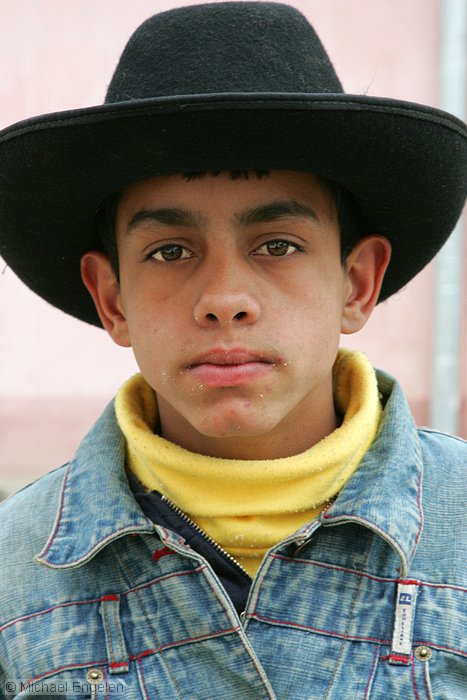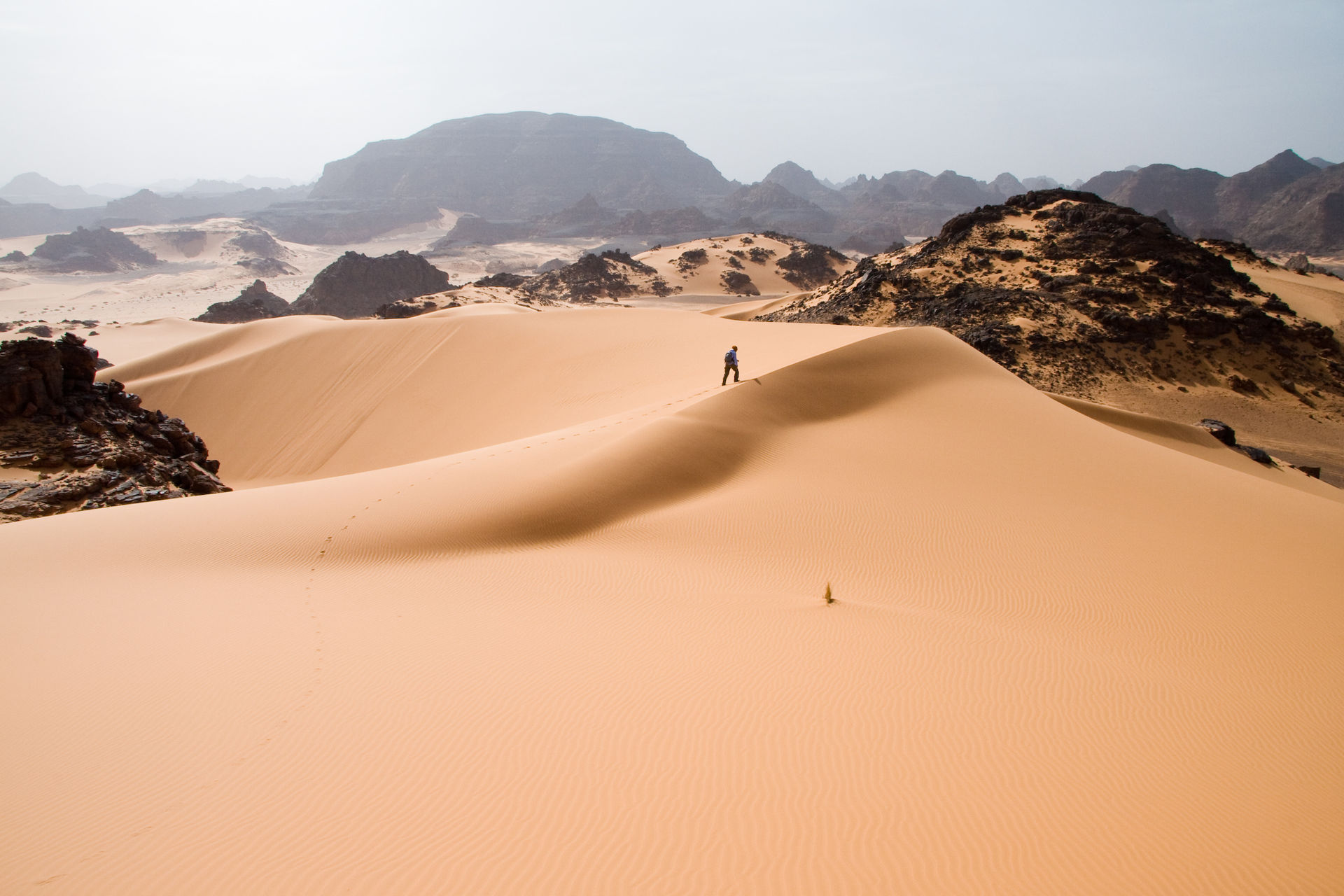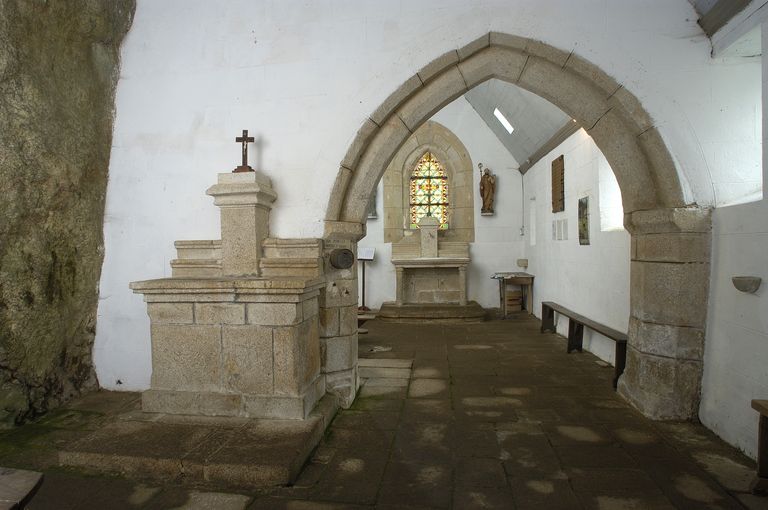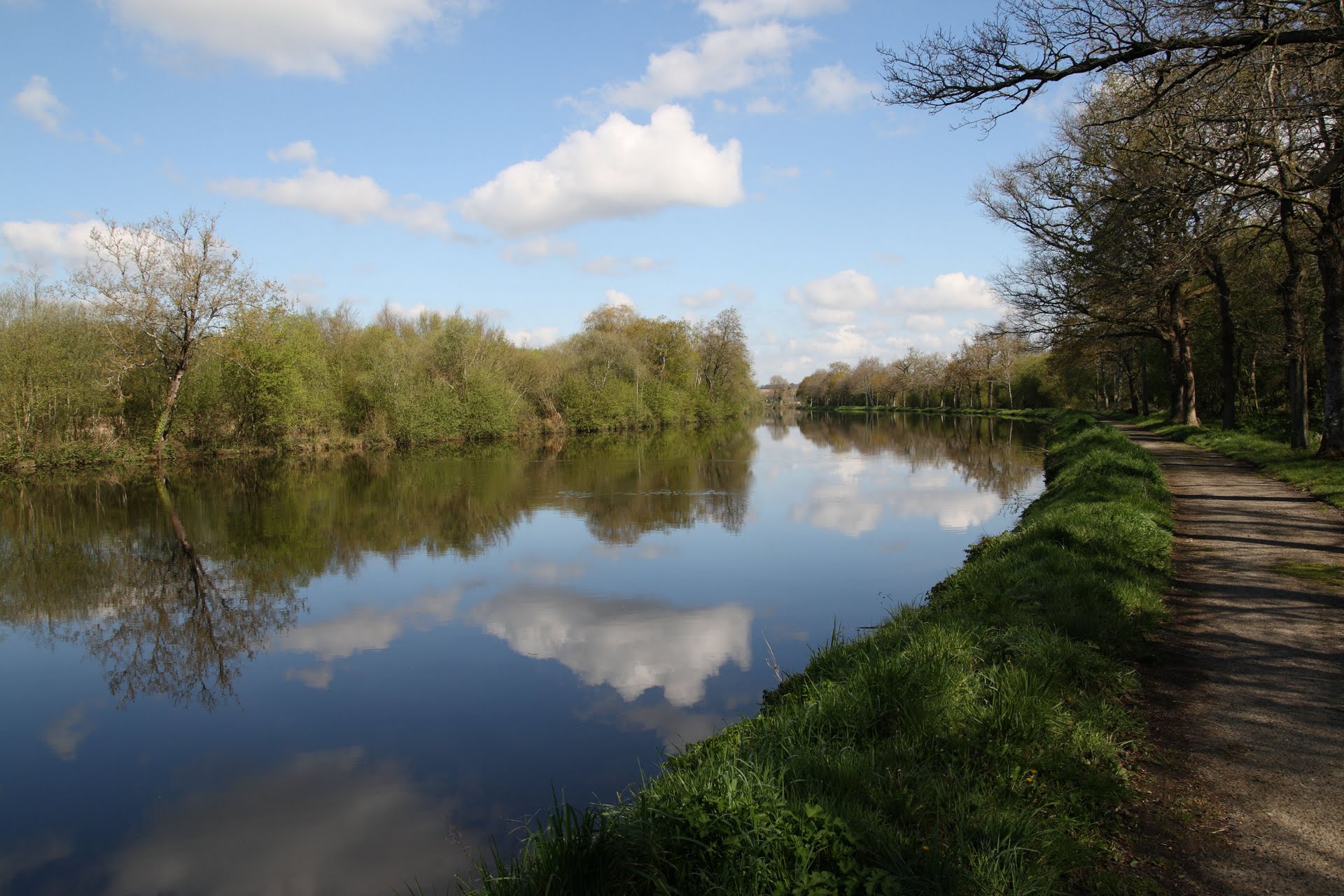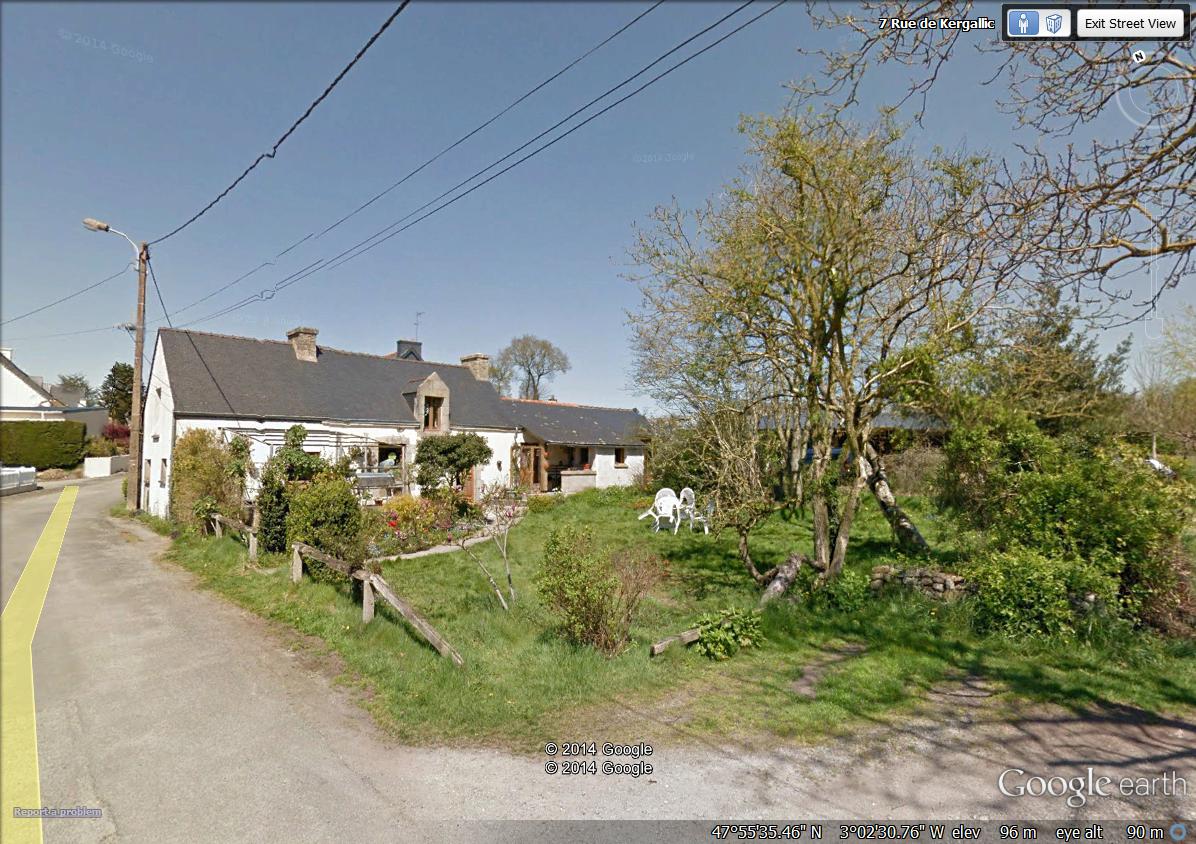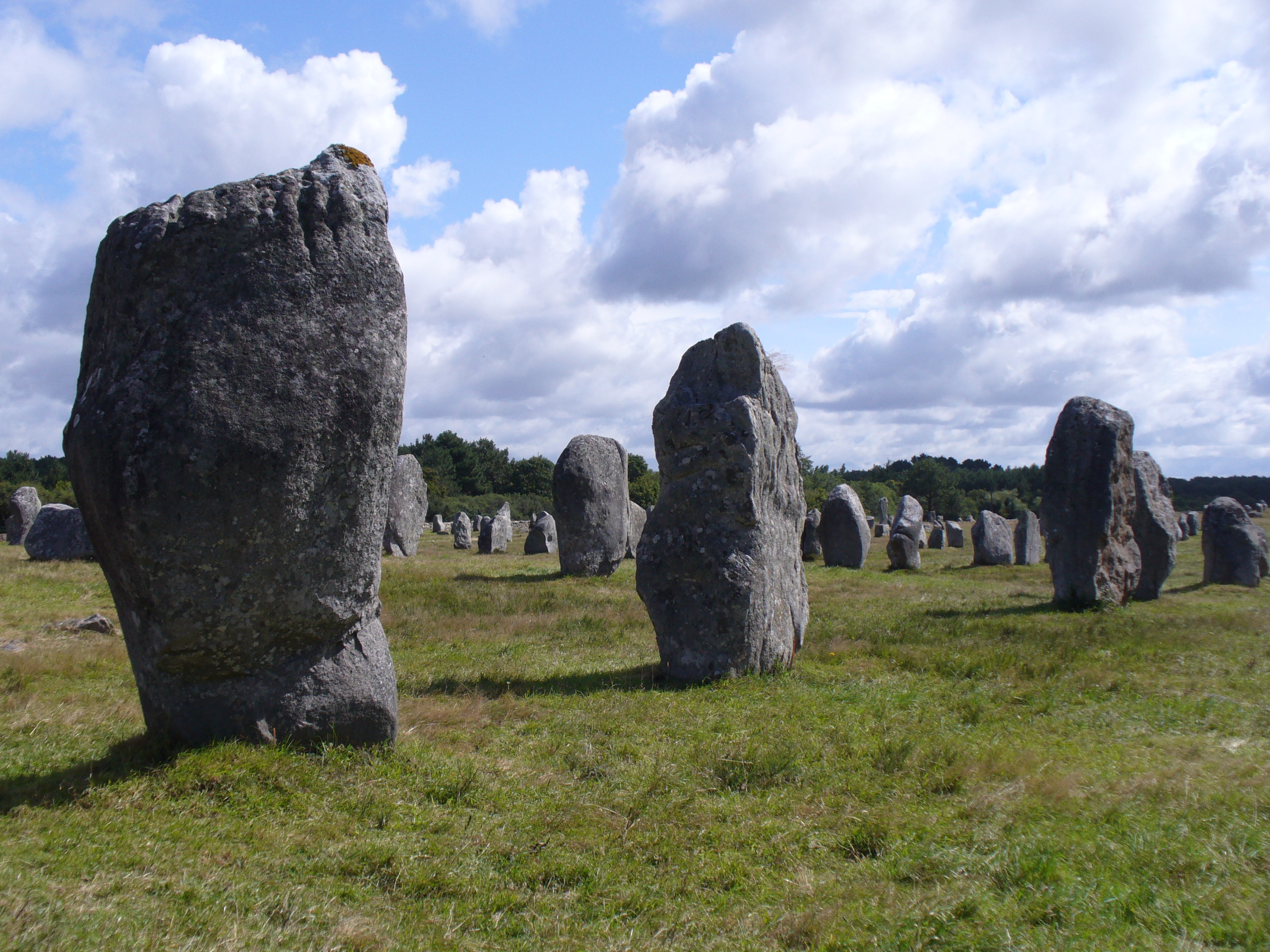Category Archives: AH - Blog 2014 - Page 2
Image of the month:
Saturday, August 30, 2014 — Will Tiny Chattanooga Lead America Out of Conservative Darkness?
It’s apparent that not all of rural America is prepared to let the forces of Conservatism drive them into poverty and feudal serfdom.
The City of Chattanooga’s local public power authority had a problem a few years ago. They were plagued with power outages. The city estimated losses of about $100m annually to local business from these outages. Like most small cities in the U.S., Chattanooga’s economy was dead in the water. The solution, for the power authority, was to install a fiber-optic system to communicate with the digital equipment on the grid. This new technology would eliminate most outages and quicken restoration times when they occurred, plus render maintenance more efficient and significantly lower operating costs. The plan was to build the system for $220m (the cost of an indoor shopping mall) financed by a local bond issue, and to finish the work in ten years. During construction, Obama’s Recovery Act took effect, and it turned out that they qualified for $110m of Federal money, which meant that the project could be finished in three years. Now here’s the interesting part. At some point in the process (I’m not sure when), they realized that they were actually building a super-fast internet cable system, and that they could provide everyone in Chattanooga with internet service running at 1 gig per second —- about fifty times faster than the U.S. average. Read more »
Image of the month: petroglyphs, central Sahara
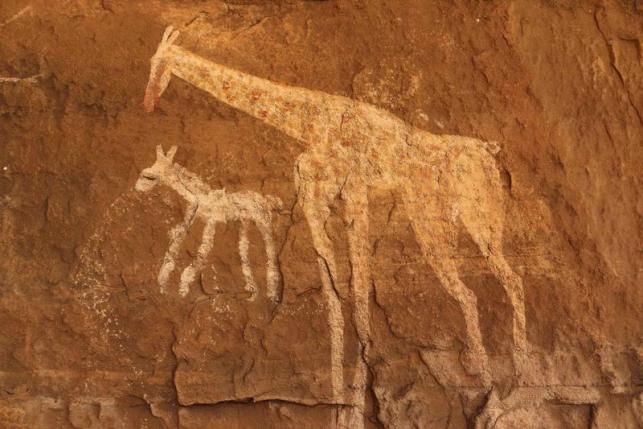 This ancient rock art found in the Tadrart Acacus, a mountain range in exact center of the Sahara, was photographed on May 30, 2014 by Aimen Elsahli, and put out by Reuters News. Religious fanatics had been attempting to destroy the art by scrubbing them with acid. The art portrays animals such as these giraffes that flourished in the Sahara when it was filled with lakes and grasslands. Below is a picture shows an approach route to the Tadrart Acacus, showing its present climate:
This ancient rock art found in the Tadrart Acacus, a mountain range in exact center of the Sahara, was photographed on May 30, 2014 by Aimen Elsahli, and put out by Reuters News. Religious fanatics had been attempting to destroy the art by scrubbing them with acid. The art portrays animals such as these giraffes that flourished in the Sahara when it was filled with lakes and grasslands. Below is a picture shows an approach route to the Tadrart Acacus, showing its present climate:
Sunday, May 5, 2014 — In Search of Gildas
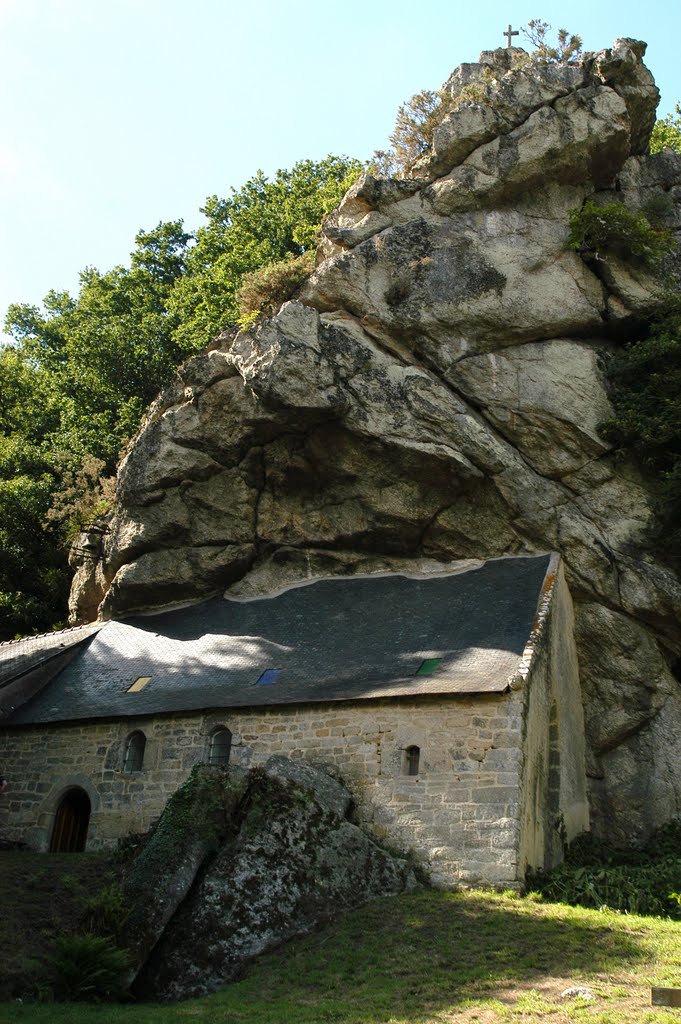 One special trip, at my request, was to the chapel of Saint Gildas. Gildas is well-known to those who study English history in the “dark ages”, because his De Excidio et Conquestu Britanniae is the first written history of Britain. In fact, it is pretty much the only documentary source for fifth and sixth century Britain. Bede’s History doesn’t appear until the year 731. But Gildas spent part of his career on the continent (he is supposed to have slain a dragon on a brief visit to Rome), and specifically in Morbihan, where he died. There are two written biographies of Gildas on which we depend for information, but they were written respectively in the ninth and twelfth centuries, and tell very dissimilar stories. The earliest life relates that Gildas converted the heathen of the Blavet valley by standing upon a great rock overlooking the river and shouting his exhortations. That sort of thing, apparently, worked in those days. When someone has already slain a dragon, he probably has a sufficiently forceful personality to pull it off. Anyway, the rock is still there, with a medieval chapel at its foot, and the place is wonderfully atmospheric. It being before the tourist season, Didier and I had it all to ourselves. Gildas lived, with one acolyte, in a tiny grotto underneath the rock, still accessible, until he returned to his monastery on the coast and completed Conquestu Britanniae. While the late medieval chapel was closed, I have found a picture of its interior.
One special trip, at my request, was to the chapel of Saint Gildas. Gildas is well-known to those who study English history in the “dark ages”, because his De Excidio et Conquestu Britanniae is the first written history of Britain. In fact, it is pretty much the only documentary source for fifth and sixth century Britain. Bede’s History doesn’t appear until the year 731. But Gildas spent part of his career on the continent (he is supposed to have slain a dragon on a brief visit to Rome), and specifically in Morbihan, where he died. There are two written biographies of Gildas on which we depend for information, but they were written respectively in the ninth and twelfth centuries, and tell very dissimilar stories. The earliest life relates that Gildas converted the heathen of the Blavet valley by standing upon a great rock overlooking the river and shouting his exhortations. That sort of thing, apparently, worked in those days. When someone has already slain a dragon, he probably has a sufficiently forceful personality to pull it off. Anyway, the rock is still there, with a medieval chapel at its foot, and the place is wonderfully atmospheric. It being before the tourist season, Didier and I had it all to ourselves. Gildas lived, with one acolyte, in a tiny grotto underneath the rock, still accessible, until he returned to his monastery on the coast and completed Conquestu Britanniae. While the late medieval chapel was closed, I have found a picture of its interior.
Saturday, May 3, 2014 — Some Architecture
For such a short visit, I was able to see a good deal of the countryside of Morbihan. Didier drove me to a number of wonderful places, and I also covered a considerable amount on my own, on foot, and did some hitch-hiking as well.
But rather than attempt to reconstruct where I visited chronologically, or trip by trip, I think I’ll just present a gallery of images, with a few comments. Read more »
Tuesday, April 29, 2014 — Carnac
In the morning, M. Durassier took me on a tour of the major megalithic alignments at Carnac, near the coast. There are four large groups — from west to east, Ménec, Kérabus, Kermario and Kerlescan. In between Kermario and Kerlescan there is a strange quadrilateral assembly of stones, tightly spaced, unlike anything I’ve seen in the U.K., and near it is the largest of the menhirs, an immense phallic stone called “le géant de Mario”. Every stone I’ve seen so far has been the same sort of granite, though most are coated with so much lichen that it’s hard to see the texture. Nothing resembles the bluestone in Wiltshire sites.
